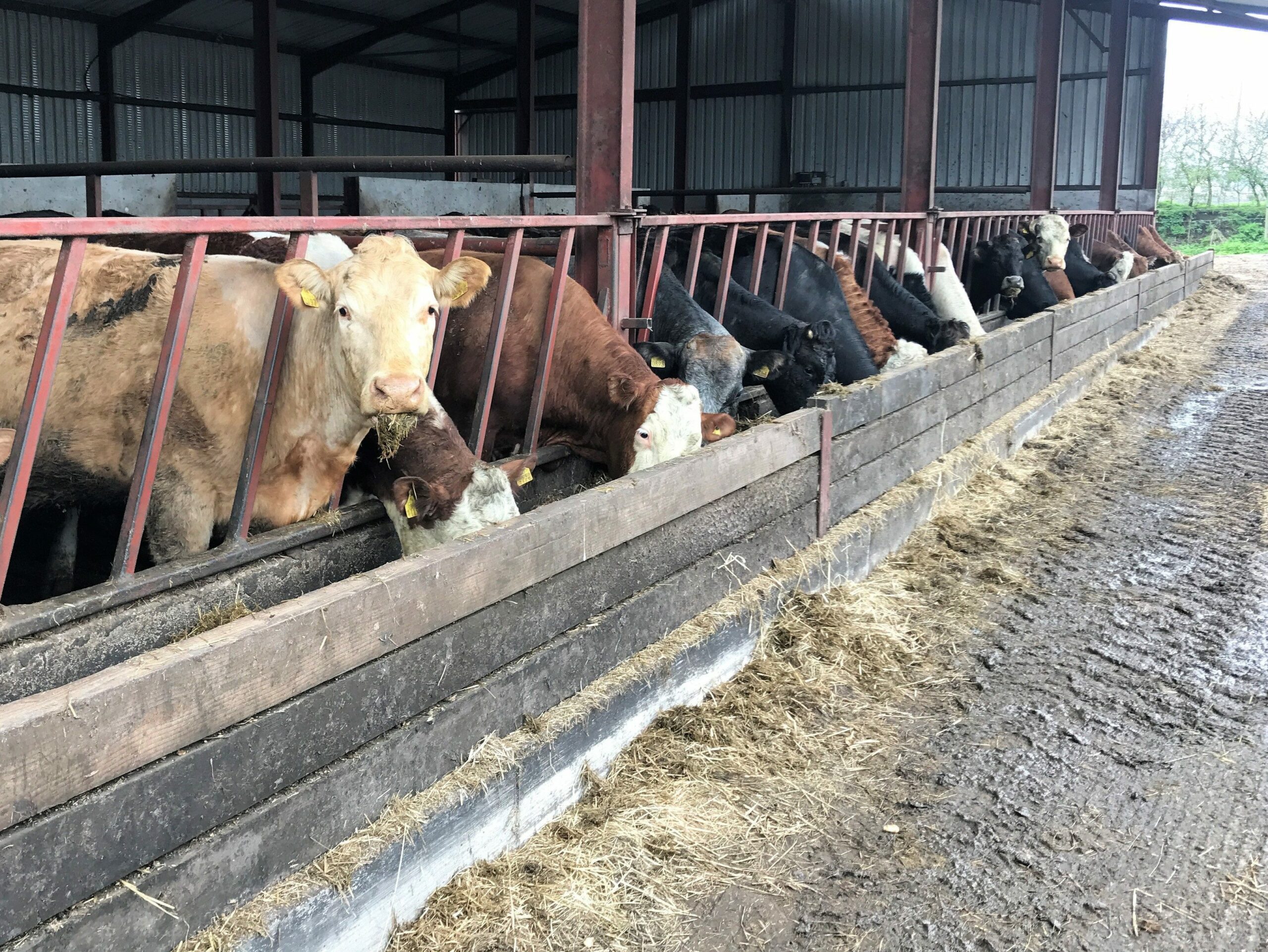The calving period on suckler farms across the country is well underway. And, from talking to suckler farmers around the country, the season seems to be progressing well.
This has been helped by the better weather conditions this year when compared to the inclement and adverse weather in 2018; these conditions put extra pressure on both farmers and cattle.
Where possible, suckler cows should be turned out to pasture as they calve. If grazing conditions are favourable, every effort should be made to get grazed grass into the diet; this will also be beneficial for the calves.
However, if the weather deteriorates again, cattle may have to be re-housed to avoid poaching and this should be assessed on a farm-to-farm basis.
The feed requirements during lactation are for maintenance, some growth (particularly heifers and young cows) and milk production. If the cow is being fed inadequately, she will start to utilise body reserves and this will have a negative effect come breeding.
Furthermore, the energy requirement of a freshly-calved cow is approximately double that of a dry cow. Farmers should try to minimise, and if possible avoid, body condition loss.
Cows have approximately 80 days to recover from calving to breeding if they are to maintain a 365-day calving interval. Body condition at calving tends to be related to body condition at service.
Milk yield peaks at approximately six-to-eight weeks after calving, which coincides with the breeding season. By then, these animals should have access to good-quality grass.
If turnout is not possible, according to Teagasc, freshly-calved cows – in good condition – should be fed good-quality silage with a dry matter digestibility (DMD) of >70% until turnout.
In the instance where silage quality is poor (<68% DMD), cows should be supplemented with 1-2kg of meal, Teagasc says. The meal should have a high-energy value (UFL 0.94+), with a protein content of 16%.
If calved cows are in poor condition, Teagasc says moderate-quality silage fed with 2-3kg of meal is sufficient until turnout.
Heifers – according to Teagasc – require concentrate supplementation in all cases until turnout to pasture. Where silage quality is moderate to good, 1-2kg of meal should be fed; if silage quality is poor, 2-3kg of meal is required.
When cattle are turned out to a paddock of good-quality grass, concentrate supplementation can be stopped.
Minerals
The need for minerals in the suckler cow diet is significantly lower than that of the dairy cow and, in general, mineral buckets/licks are adequate to supply minerals.
Major elements such as calcium (Ca), phosphorus (P) and sodium (Na) will be adequately supplied in grazed grass and grass silage. However, magnesium (Mg) must be supplied during the tetany risk period.
When turnout occurs, suckler cows are at high risk of grass tetany – particularly on lush grass, rich in potassium (K) and nitrogen (N) – in cold and wet conditions. According to Teagasc, cows need a supplement of 30g of magnesium during the high risk period.
- Pasture dusting;
- Molassed mineral buckets/licks;
- Magnesium ‘nut’ concentrate;
- Water application.


